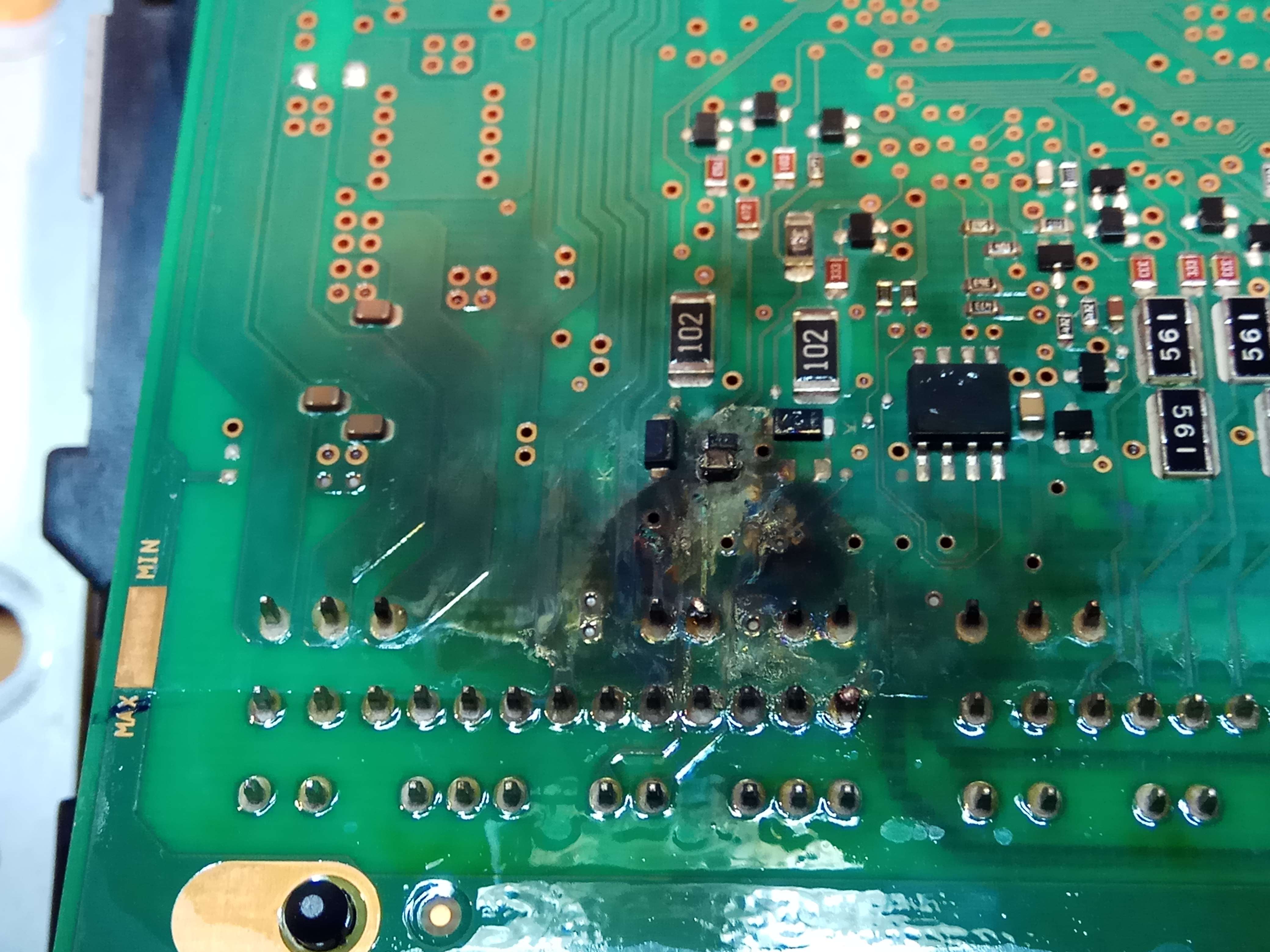kiev
Well-known member
Many thanks to JoeS for making this possible,
Cover and label with new style connector to the MCU,

underneath the top cover, the OBC is in the upper plenum,

underneath the bottom cover, the AC Input EMI filter and DCDC converter in bottom plenum,

DCDC converter, more input wires to CN601 plus microcontroller plus bigger fuse,

Cover and label with new style connector to the MCU,

underneath the top cover, the OBC is in the upper plenum,

underneath the bottom cover, the AC Input EMI filter and DCDC converter in bottom plenum,

DCDC converter, more input wires to CN601 plus microcontroller plus bigger fuse,

























